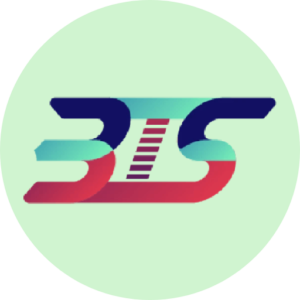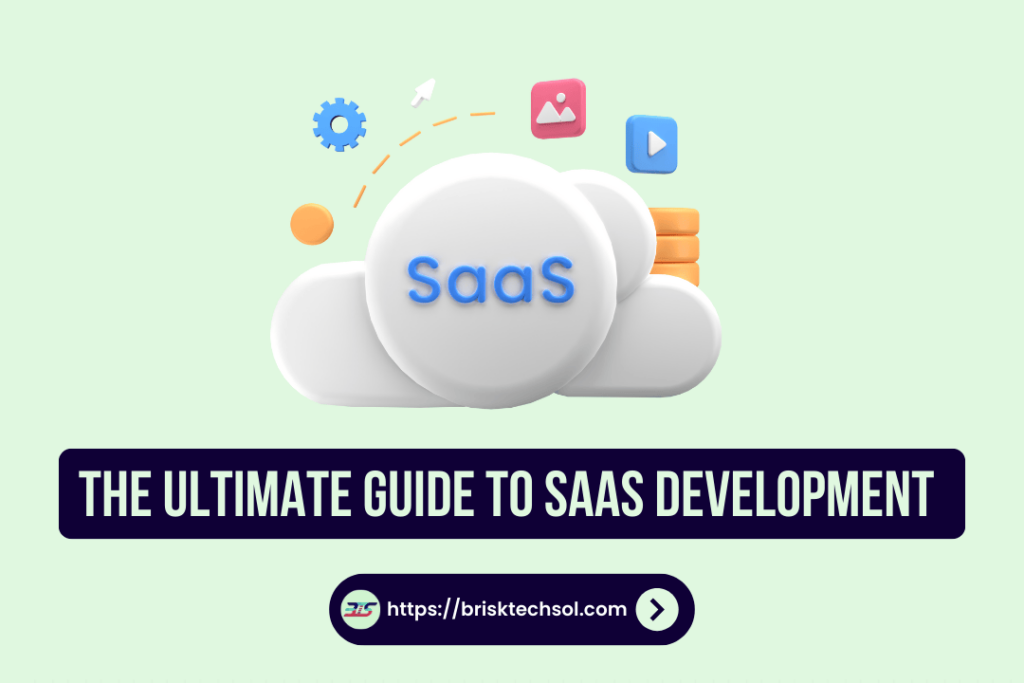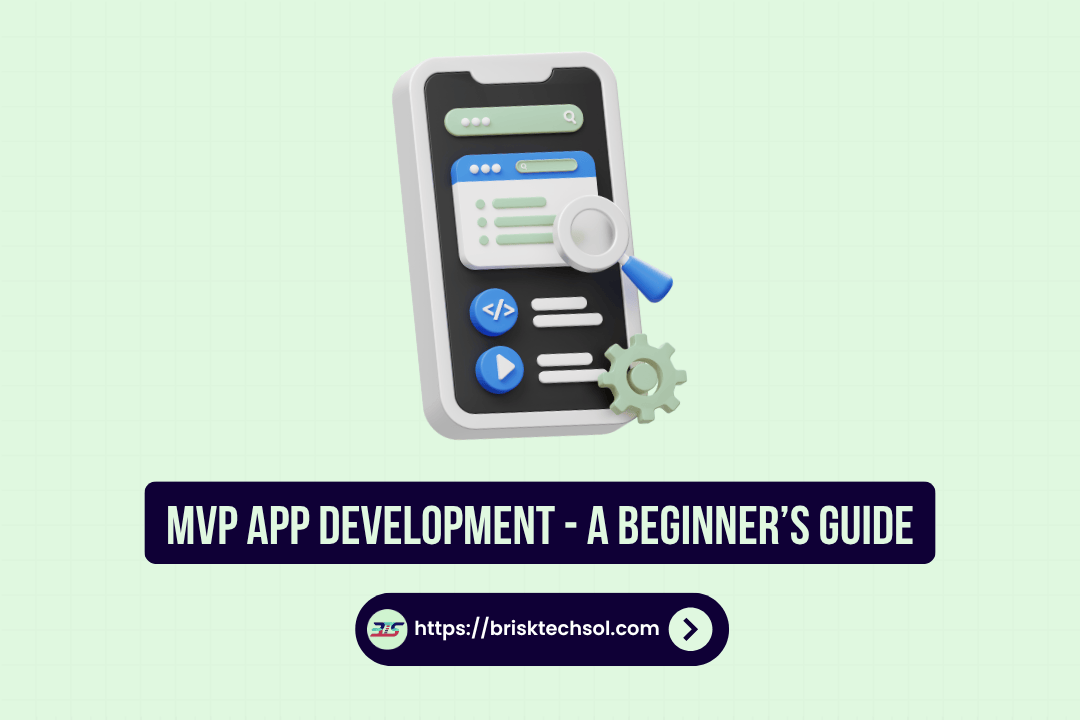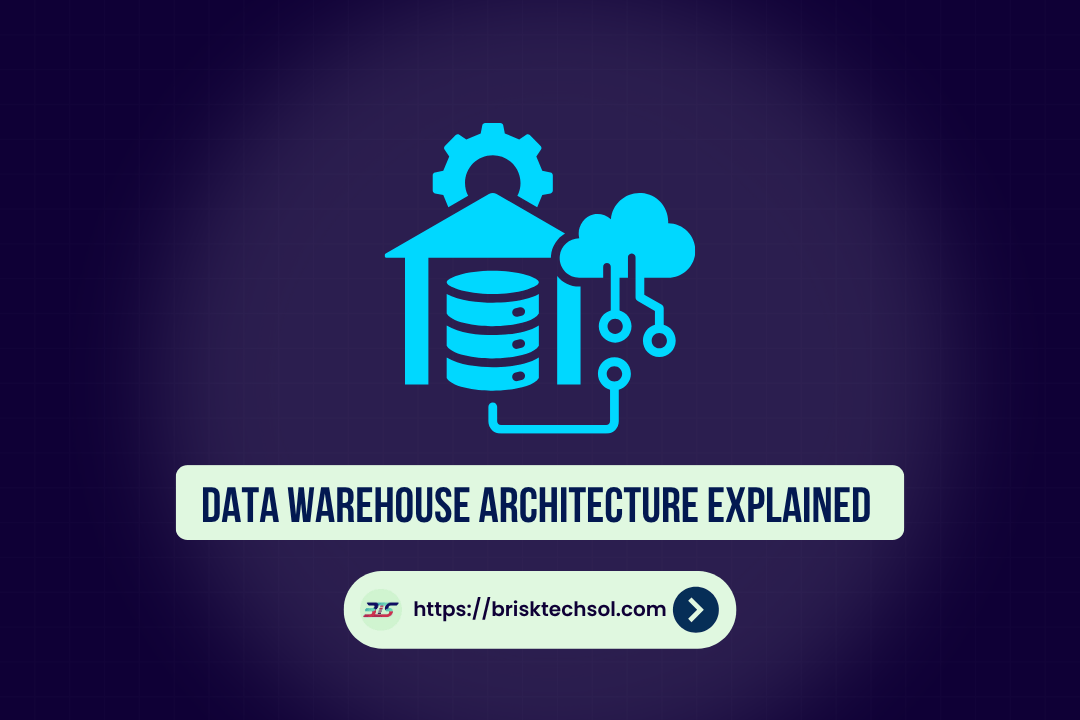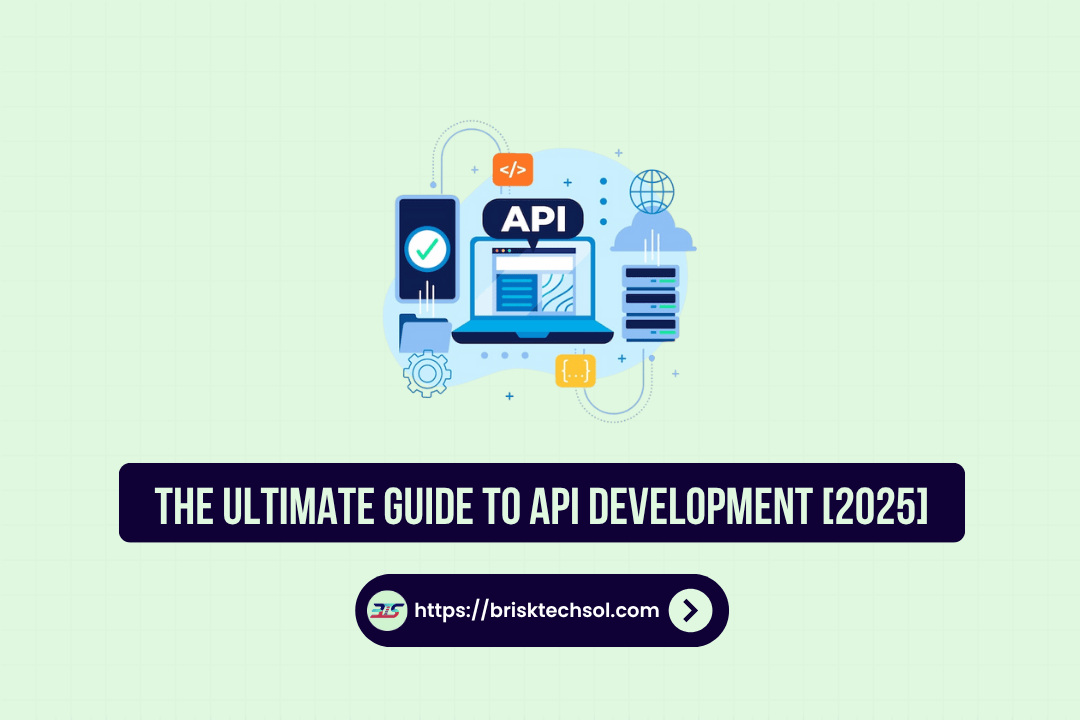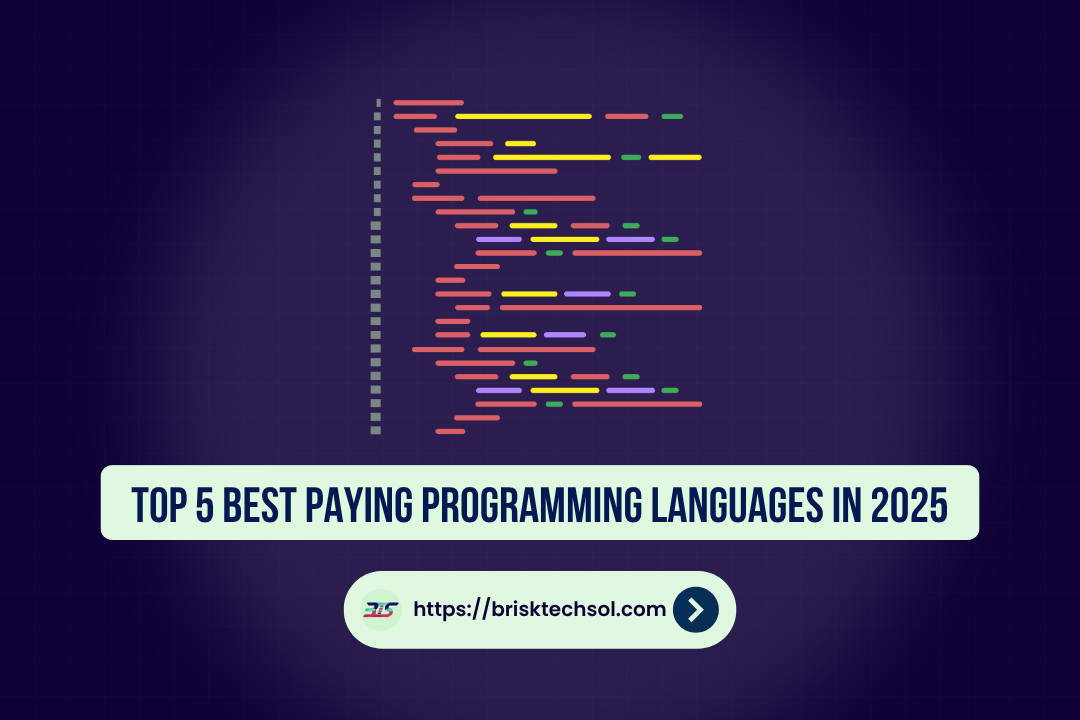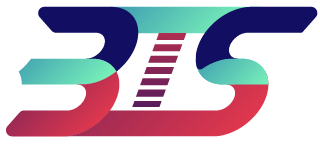SaaS development offers scalable, cloud-based solutions. This guide covers key stages, best practices, and technologies to help you build and scale successful SaaS products for long-term business success.
Key Takeaways
I. Understanding SaaS Development
SaaS, or Software as a Service, refers to cloud-based software that is delivered to users via a subscription model. Unlike traditional software, which is installed locally on a computer or server, SaaS applications are hosted on the cloud, accessible from any internet-enabled device. This allows for greater flexibility, scalability, and ease of maintenance.
SaaS vs Traditional Software
The key difference between SaaS and traditional software lies in their delivery models. Traditional software requires users to purchase licenses, install it on local devices, and manage their own updates and maintenance. In contrast, SaaS providers host the software on the cloud, taking care of infrastructure, security, and maintenance. Users access the application via the internet and pay for the service on a subscription basis, often monthly or annually.
Key Components of SaaS
- Cloud Hosting: SaaS products are typically hosted on scalable cloud platforms like Amazon Web Services (AWS), Google Cloud, or Microsoft Azure, ensuring that the application can handle growth and fluctuating demand.
- Multi-Tenant Architecture: SaaS applications are designed to serve multiple customers (tenants) using a single instance of the software. This reduces costs and allows for efficient resource management.
- Subscription Model: SaaS products often use a subscription-based model, offering flexibility for both businesses and end-users. Pricing can vary based on the number of users, features, or usage.
II. The SaaS Development Process
Building a SaaS product is a complex process that involves various stages, from idea validation to launch. Below is a breakdown of the key steps involved.
1. Idea Validation & Market Research
Before diving into development, it’s crucial to validate your SaaS idea. Start by conducting market research to understand your target audience, identify potential competitors, and gauge demand for your solution. Consider creating a minimum viable product (MVP) to test your concept with real users and gather feedback.
2. Choosing the Right Tech Stack
The tech stack you choose plays a critical role in your product’s scalability, security, and overall performance. Common technologies for SaaS development include:
- Frontend: React, Angular, or Vue.js for a responsive user interface.
- Backend: Laravel, Node.js, or Ruby on Rails for server-side development.
- Database: MySQL, PostgreSQL, or MongoDB for storing data.
- Cloud Infrastructure: AWS, Google Cloud, or Microsoft Azure for cloud hosting.
3. Designing the User Experience (UX)
User experience (UX) is paramount in SaaS applications. The design should be intuitive, easy to navigate, and mobile-friendly. Prioritize seamless user interactions, minimizing the number of clicks required to perform key actions.
4. Building Scalable Infrastructure
Scalability is a core principle in SaaS development. Your infrastructure should be able to scale as your user base grows. Cloud platforms like AWS offer auto-scaling capabilities that automatically adjust resources based on user demand. This ensures that your application remains fast and reliable as you scale.
5. Security and Compliance
Security is a top priority in SaaS development. Protecting user data and maintaining compliance with industry regulations (such as GDPR, SOC 2) is essential. Implement robust encryption methods, multi-factor authentication, and regular security audits to ensure your application remains secure.
III. Best Practices for SaaS Development
To build a successful SaaS product, you need to follow best practices that promote efficiency, scalability, and customer satisfaction.
1. Agile Development Methodology
SaaS development is an iterative process. Using Agile development practices, such as Scrum or Kanban, allows for continuous improvement and rapid pivots based on user feedback. Regular sprints ensure that you can release new features and updates frequently, keeping users engaged.
2. Continuous Integration/Continuous Deployment (CI/CD)
CI/CD is essential for automating the development pipeline, allowing you to deploy new features, bug fixes, and updates seamlessly. By integrating code continuously and automating the deployment process, you reduce the chances of errors and speed up the time to market.
3. Focus on User Feedback
User-driven development is a key to success. Regularly collect feedback from users to understand their pain points and needs. Use this feedback to prioritize features, optimize the user experience, and keep customers satisfied.
4. Data Analytics Integration
Integrating data analytics into your SaaS product allows you to track user behavior, measure performance, and identify areas for improvement. Tools like Google Analytics or custom dashboards provide valuable insights that can drive product enhancements.
IV. Trends in SaaS Development
The SaaS industry is evolving rapidly, with new trends shaping the future of software development. Some of the most notable trends in 2024 include:
1. AI and Machine Learning in SaaS
Artificial Intelligence (AI) is playing a significant role in SaaS development, enabling personalized user experiences, automated customer support (such as chatbots), and predictive analytics. As AI technology advances, more SaaS products will leverage AI to improve efficiency and customer satisfaction.
2. Microservices Architecture
Microservices architecture is becoming increasingly popular for SaaS applications. This approach breaks down an application into smaller, independent services that can be developed, deployed, and scaled independently. Microservices improve scalability and flexibility, making it easier to manage large applications.
3. Serverless Computing
Serverless computing allows developers to focus on writing code rather than managing servers. With serverless architectures, SaaS providers only pay for the compute time they use, making it a cost-effective solution for many startups.
4. Low-Code/No-Code Platforms
Low-code and no-code platforms are empowering non-technical users to create and launch SaaS products quickly. These platforms offer drag-and-drop interfaces and pre-built components that simplify the development process.
V. Choosing the Best Framework for SaaS Development
When it comes to building SaaS applications, selecting the right framework is crucial. Laravel has grow as one of the most popular choices for SaaS development due to its scalability, security features, and robust ecosystem.
Why Laravel for SaaS Development?
Laravel offers a range of built-in features that streamline SaaS development, including:
- Authentication: Built-in user authentication and authorization.
- Routing: Easy-to-use routing system for defining the URL structure.
- Task Scheduling: Task scheduling and queuing for background jobs.
- Scalability: Laravel’s architecture supports scalability, making it ideal for SaaS applications that need to grow over time.
Other Frameworks
While Laravel is a great choice for SaaS, other frameworks like Django (Python), Ruby on Rails, and Node.js also offer robust features for building SaaS applications. However, Laravel’s ease of use and extensive community support make it a standout option.
Case Studies of Successful Laravel SaaS Projects
Several well-known SaaS platforms have been built using Laravel, including Invoice Ninja and Fathom Analytics. These case studies highlight Laravel’s ability to scale, secure user data, and deliver high-performance SaaS solutions.
VI. Conclusion
SaaS development has become an essential part of the modern software landscape. By choosing the right technology stack, focusing on user experience, and adhering to best practices, you can build a scalable and successful SaaS application. As the industry continues to grow, staying up to date with trends such as AI, microservices, and serverless computing will ensure that your product remains competitive.
FAQ’S
What is SaaS development?
SaaS development involves building software that is hosted in the cloud and delivered to users on a subscription basis.
Why is scalability important in SaaS applications?
Scalability ensures that your application can handle increasing numbers of users and data without affecting performance.
What are the best tools for SaaS development?
Popular tools include Laravel, React, Node.js, AWS, and Docker for scalability and security.
How long does it take to develop a SaaS product?
It can take anywhere from 6 months to a year, depending on the complexity of the features.
What is the cost of developing a SaaS product?
Development costs can range from $50,000 to $500,000 depending on the scale and features of the product.
Why is Laravel the best framework for SaaS development?
Laravel offers security, scalability, and built-in tools for rapid SaaS development, making it a top choice.

